Table of Contents
Important Details: Location and Timings
- Location: Bangali Mohal, Shiwala Rd, near Prayag narayan shiwala mandir (Vishnu temple), Kanpur, Uttar Pradesh 208001
- GPS Coordinates: 26.4607,80.3334
- Timings: 6:00 A.M. – 7:00 P.M.
- Best Time to visit: Navratri
https://kanpurnagar.nic.in/tourist-places/
Introduction
Located in Bengali Mohal, the Kali Bari Mandir stands as a revered testament to the district’s historical significance. Second only to Kolkata, this temple dedicated to the worship of Goddess Kali holds immense popularity among Bengali society. Each year, hundreds of devotees from West Bengal embark on a pilgrimage to this sacred site, showcasing their unwavering faith in the deity. The formidable idol of Mother Kali adorning the temple exudes a fierce presence, captivating the hearts of all who lay their eyes upon her.
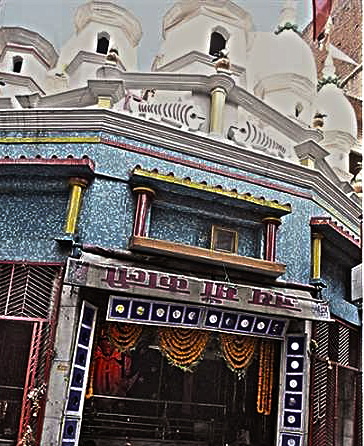
With its towering spire, the Kali Bari Mandir acts as a magnetic force, drawing in a multitude of devotees. It serves as a sacred sanctuary, where individuals seek solace, blessings, and spiritual guidance. The temple’s aura reverberates with devotion and devotion, permeating the air and infusing the hearts of those who enter its hallowed premises.
Throughout history, the Kali Bari Mandir has stood as a symbol of religious and cultural significance, preserving the rich heritage of the Bengali people. Its presence in Bengali Mohal resonates as a testament to the unwavering faith and devotion that bind the community together. As the temple continues to attract devotees from far and wide, it serves as a beacon of spiritual enlightenment, offering solace and inspiration to all who seek it.
Kali Bari Mandir: Establishment of Idol 300 years ago.
The Kali Bari Mandir court is nestled behind Mehtan Road, boasting a history that spans over five centuries. Legend has it that five hundred years ago, this very place was veiled by a dense forest, frequented by ascetics seeking solace in the serene ambiance on the banks of the Ganges. Three hundred years ago, a divine revelation occurred when Mata, the mother goddess, appeared before Sant Manibhushan. Bestowing upon him four weapons—a sword, trident, boon gesture, and a lotus held in her fourth hand—she guided the establishment of the idol.

Beneath the benevolent gaze of the mother goddess, Bholenath, Lord Shiva himself, stands resolute. In this sacred abode, offerings of goat sacrifices and alcohol are made to the deity, symbolizing the devotees’ devotion and surrender. Believers partake in rituals, presenting prayers and securing locks after offering prasad, believing that the mother goddess will fulfill their deepest desires.
During the auspicious occasion of Navaratri, the temple witnesses a grand spectacle as thousands of devotees throng its premises daily, eagerly seeking a glimpse of the divine mother. This divine convergence of devotees from far and wide epitomizes the fervent devotion and unwavering faith that the Kali Bari Mandir inspires in the hearts of its worshipers.
What is it with Padlocks???
The festival of Sharadiya Navaratri is celebrated with fervor across the nation, witnesses devotees embarking on their pilgrimage to seek blessings and fulfillment of their desires. During Navaratri, devotees partake in a unique tradition at this Kali Bari Mandir. They affix padlocks at the feet of the Divine Mother as a symbol of their pledge. Once their prayers are answered by the benevolent Goddess, they return the following year to unlock the padlock, thus upholding this century-old practice, as told by locals and temple priest.
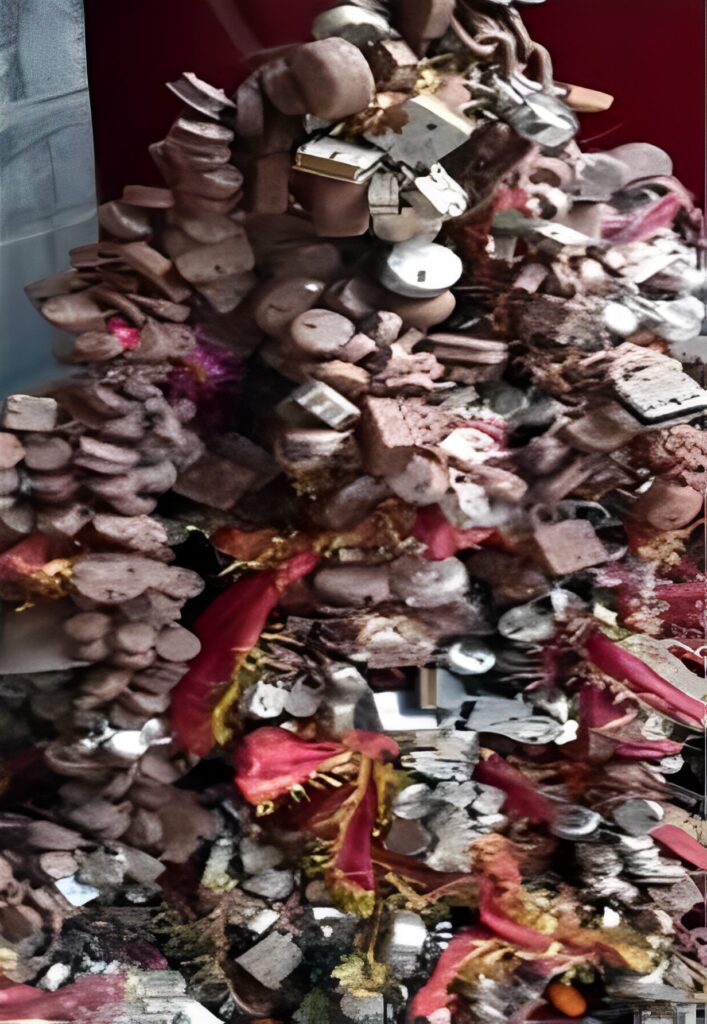
The Ritual of unlocking Padlocks after the wish is fulfilled
During the auspicious occasion of Navaratri, devotees flock to the 300-year-old temple of Goddess Kali in Kanpur’s Bengali Mohal, seeking her divine blessings. A unique tradition unfolds as devotees place padlocks at the feet of the deity, accompanied by heartfelt wishes. Iron padlocks are commonly used, while some devotees opt for locks crafted from precious metals like gold and silver. Prior to securing the padlock, devotees meticulously perform the prescribed rituals and worship.
After their wishes are granted, devotees make a sacred return to the temple. They offer worship to the very padlock they had previously placed, expressing their gratitude. Subsequently, with the aid of a key, they unlock the padlock. It is worth noting that as the number of locks gradually accumulates, some devotees encounter challenges in opening them, further adding to the mystical aura of the temple.
Why is the temple called ‘Tale wali Mata’?
Centuries ago, a devout woman found solace in visiting the Kali Bari Mandir daily, seeking divine blessings. Over time, she began a peculiar practice of securing a padlock in the temple courtyard, piquing the curiosity of the temple priest. Enquiring about her actions, the woman revealed that Mother Kali had appeared in her dreams, instructing her to perform this ritual. The benevolent deity had assured her that through this act, her deepest wish would be granted. Astonishingly, a few days later, a message mysteriously appeared on the temple wall, proclaiming the fulfillment of her desire. Strangely, the woman vanished thereafter, and the padlock she had placed disappeared alongside her.
Presently, as the temple courtyard brims with countless padlocks, devotees faced with the absence of their own locks adopt a unique tradition. They leave the keys of their padlocks at the feet of Mother Kali before departing, symbolizing their unwavering faith and trust in her divine intervention. The temple stands as a testament to this enigmatic tale, where devotees continue to participate in the timeless ritual, seeking the fulfillment of their heartfelt desires.
To know about more old temples of Kanpur Click here…
Do you want to know about other 3 Ancient Shiv Temples of Kanpur? Click Here.
Bengali Mohal: A Peek into the History
Bengali Mohal, with its history predating Kanpur district, traces back to the late 18th century. During the era of the East India Company in 1783, Krishna Chandra Majumdar, the patriarch of a Bengali family, migrated from Bengal to Kanpur. Within a mere seven years, in 1790, he constructed his residence, which has since been renowned as Bengali Mohal.
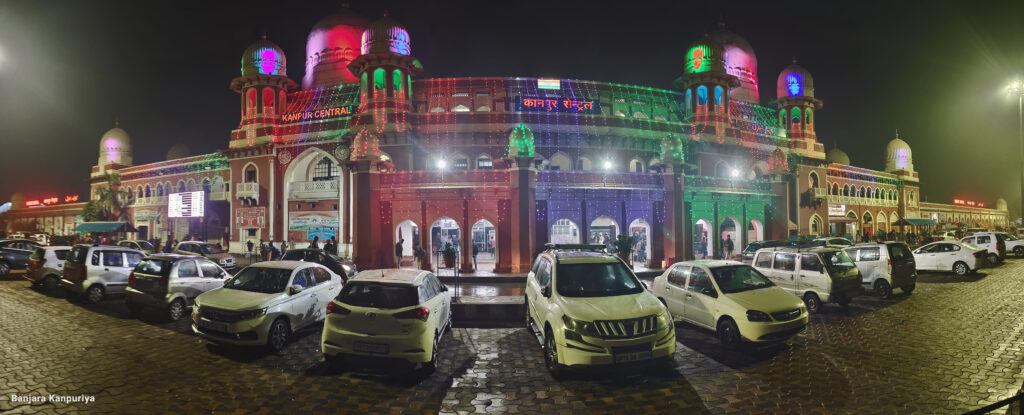
Krishna Chandra’s grandson, the distinguished historian Babu Nimaicharan Majumdar, further solidified the family’s presence near the Kali temple, attracting more settlers to the area. As Kanpur was declared a district by the East India Company on March 24, 1803, Bengali Mohal witnessed its development starting from its establishment in 1790. Over time, it evolved into a significant locality within Kanpur, carrying the legacy of its early Bengali settlers.
Renowned historian Babu Nimaicharan Majumdar
Nimaicharan Babu, born on August 9, 1812, in Bengali Mohal, was the grandson of the first Bengali settler in the area. In those days, the stretch between his residence and the Christ Church stood untouched, devoid of any structures. To the north of the Christ Church, a vast expanse reached all the way to the banks of the Ganges. Nimaicharan Babu resided in a spacious dwelling, and his occupation involved translating Persian for local authorities. However, during the tumultuous first war of independence in 1857, his home underwent a transformation, serving as a fortress where the community sought refuge.
As the conflict escalated, Nimaicharan Babu’s house became a rallying point for the entire neighborhood. In the face of adversity, people from far and wide gathered within its fortified walls, seeking shelter and safety. The once tranquil abode was now a bastion of resilience, housing those affected by the turmoil of the war. Nimaicharan Babu, a Persian translator by profession, found himself in the midst of a battle, witnessing firsthand the unfolding events that shaped the course of history.
The history of Kanpur’s uprising written in 2 hours
Following the military rebellion’s conclusion, General Havelock of the British army requested Nimaicharan Babu to swiftly document the history of Kanpur’s uprising within 12 hours. This urgency arose as Babu was scheduled to depart for Britain the following day. The Collector of Kanpur at the time, Megasthenes, expressed great satisfaction with Babu’s work.
Later, when Megasthenes became the Lieutenant Governor of Punjab, he extended a generous offer to Babu, presenting him with a prominent position and an opportunity to relocate to Punjab. However, Babu steadfastly declined the offer, remaining dedicated to his beloved Kanpur.
Soldiers hesitated upon hearing the cry of a woman
Nana Sahib christened it the Bengali Kila, an emblem of defiance. As the rebel soldiers approached to ransack the dwelling, a courageous Bengali woman confronted them, sternly reminding them of their duty as valiant warriors—to shield the vulnerable, not plunder them. Her impassioned plea struck a chord within the soldiers, prompting hesitation. They clarified their intention was not to pillage. Touched by her words, the Bengali women willingly bestowed their jewelry upon them, fostering an atmosphere of shared contentment and understanding.
Bengali Mohal is today known for Business of Lehengas
Bengali Mohal is home to over a hundred Bengali families, bustling with diverse businesses. Among them, the lehenga industry stands out as a prominent choice for weddings and celebrations. This lively neighborhood offers a wide array of exquisite lehengas for both purchase and rental. With a strong presence in the jewelry trade, Bengali families are renowned for their exceptional craftsmanship, particularly in embroidery. Moreover, the thriving community and the influx of individuals from West Bengal have also led to the establishment of authentic Bengali cuisine restaurants in Bengali Mohal.
Epilogue: The Eternal Devotion
In the bustling lanes of Kanpur’s Bengali Mohal, the historic Kali Bari Mandir stands as a beacon of faith and devotion. The rituals of placing padlocks, the miraculous fulfillment of wishes, and the mysterious tale of the devoted woman have woven a tapestry of reverence and wonder within the temple’s walls.
Through the passage of time, countless devotees have walked the sacred path, seeking solace, blessings, and the realization of their aspirations. Generations have entrusted their desires to the divine grace of Mother Kali, leaving their padlocks as symbols of unwavering faith.
The temple remains an abode of mystical allure, drawing visitors from far and wide. Each lock represents a heartfelt plea, and the presence of multiple locks symbolizes the collective yearning of devotees. The keys left at the feet of the deity are tokens of surrender, acknowledging that the fulfillment of their wishes lies solely in the hands of the divine.
As the legacy of the temple continues, devotees embark on pilgrimages, unlocking their padlocks upon the fulfillment of their desires. The stories of blessings received and dreams realized reverberate through generations, inspiring unwavering devotion and igniting hope in the hearts of those who visit the sacred abode.
The Kali Bari Mandir in Kanpur’s Bengali Mohal, adorned with locks and touched by the mystery of the unknown, remains an eternal testament to the power of faith, the miracles of devotion, and the enduring presence of the Divine Mother.
* Photos are only symbolic (Taken from public domain/internet and any copyright infringement is unintentional and regrettable)





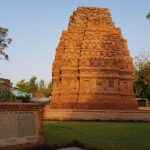
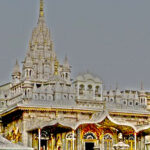
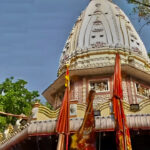
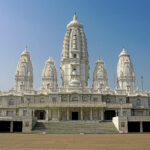


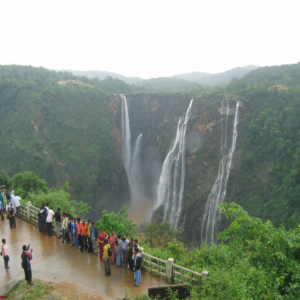


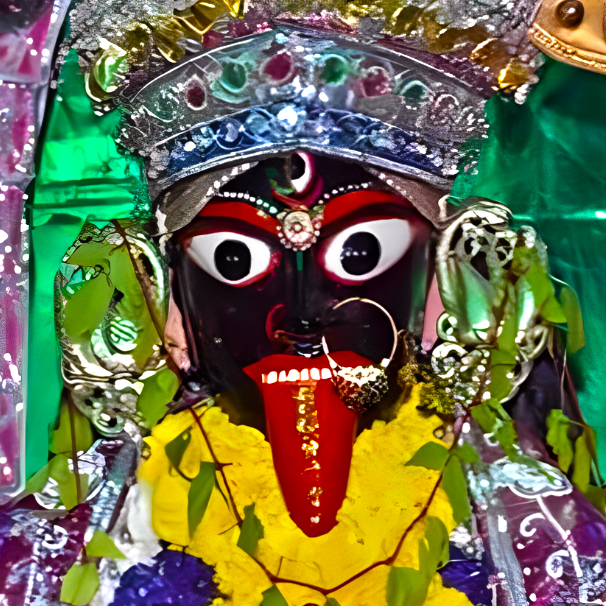
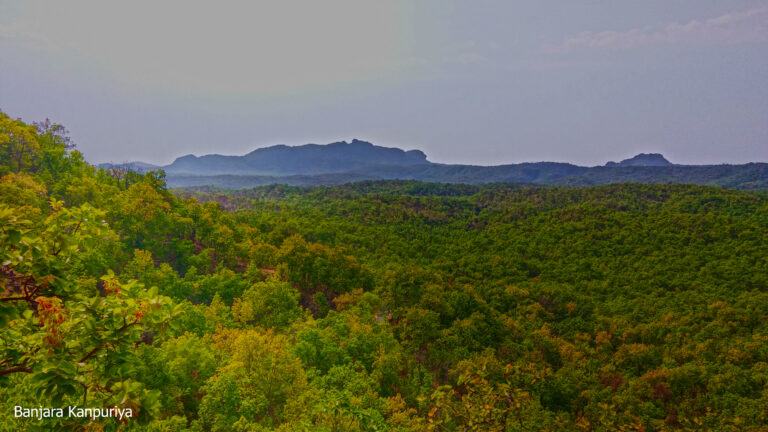

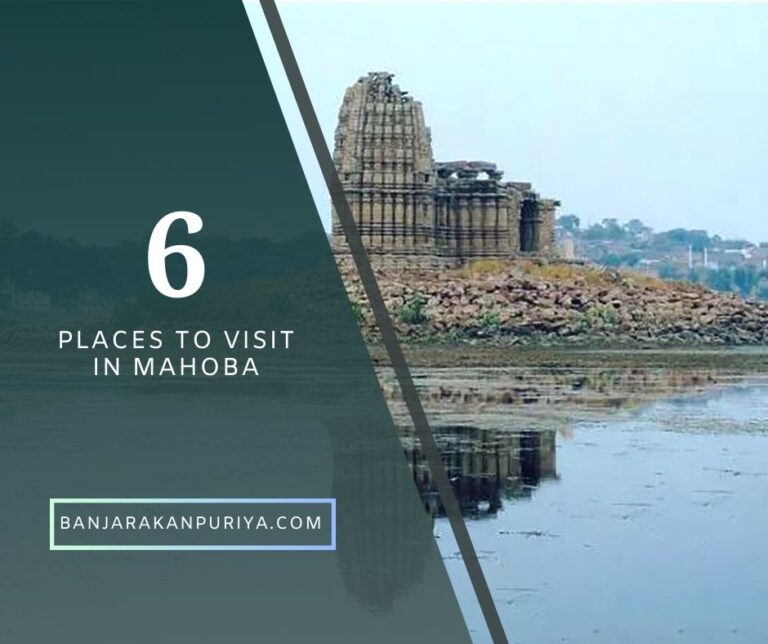



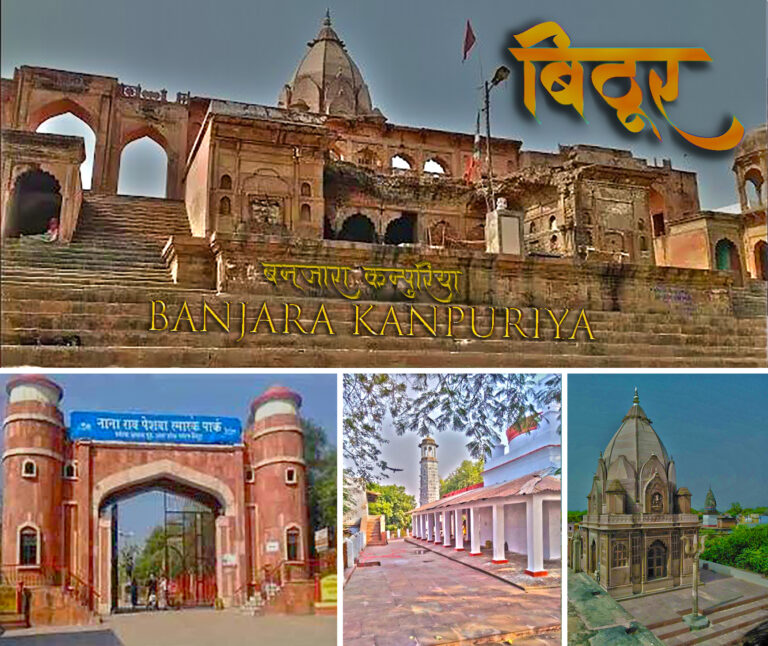


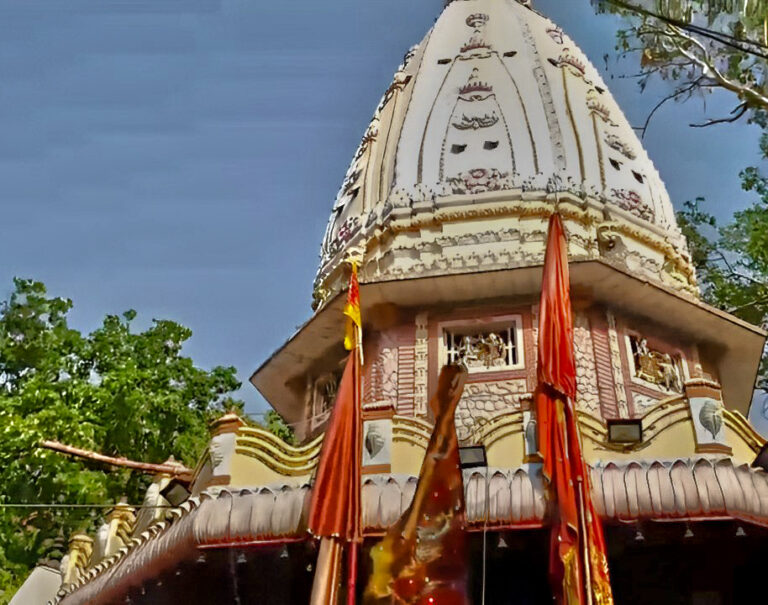
+ There are no comments
Add yours